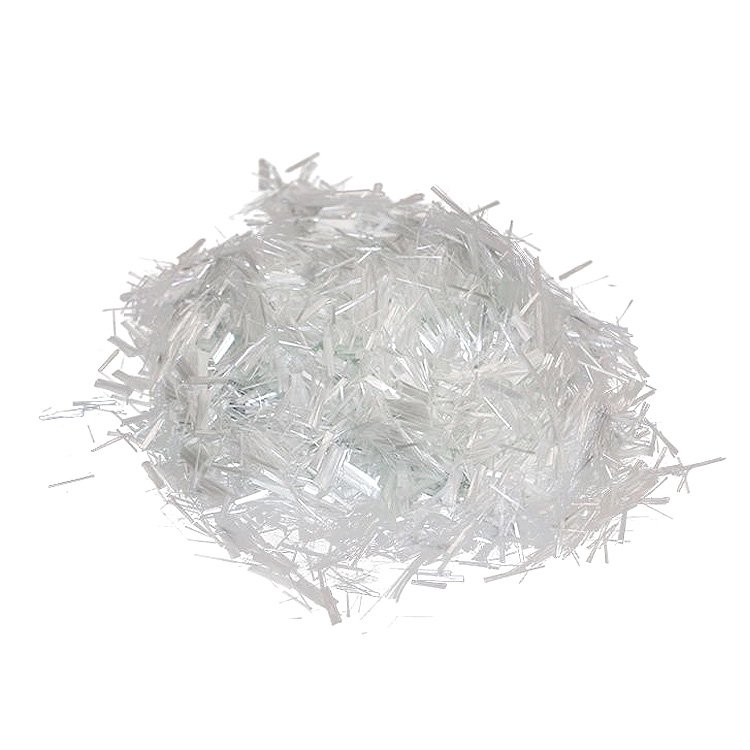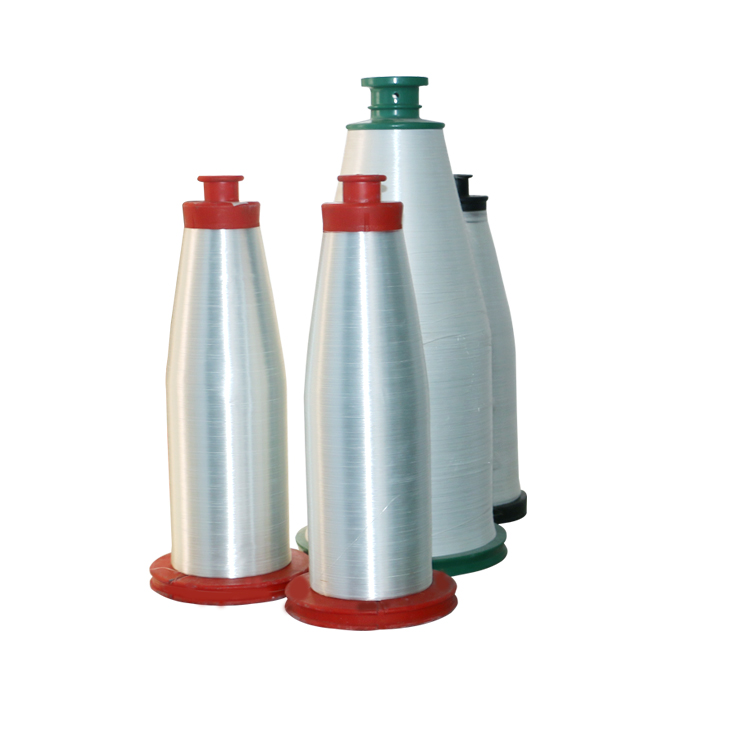
Table of Contents
Introduce
Glass fiber is corrosion-resistant, lightweight, high-strength, sound-proof and heat-insulating, making it an indispensable material in many construction projects. In this article, we will discuss in detail several types of glass fibers commonly used in construction projects, their application fields, advantages of use and comparison with traditional materials, and combine actual construction cases to specifically illustrate the application effects of these glass fibers.
Fiberglass commonly used in construction projects
Fiberglass mesh
- Application areas: Fiberglass mesh mainly used for exterior wall decoration, insulation, crack resistance, etc. Commonly used in exterior insulation systems (EIFS), it can enhance the structural stability and crack resistance of the wall.
- Advantages: Improve the crack resistance and durability of the building’s exterior wall, enhance the ability to resist wind pressure and impact, and have excellent weather resistance and acid and alkali resistance.
Fiberglass chopped strands
- Application areas: Chopped strands used as a reinforcing material in building materials such as concrete and gypsum. Commonly used for structural reinforcement, earthquake resistance improvement, etc.
- Advantages: Enhance the tensile strength and crack resistance of building materials, improve the safety of the overall structure, reduce the occurrence of cracks, and enhance the durability of concrete.
Fiberglass needle mat
- Application areas: Commonly used in roof waterproofing, heat insulation, sound insulation, and insulation materials for interior and exterior walls of buildings. It is also widely used in high-temperature insulation of industrial buildings.
- Advantages: Excellent high-temperature insulation performance, can withstand temperatures up to 1100°C, has good fire resistance and corrosion resistance, and is light and easy to process.
Fiberglass yarn
- Application areas: Mainly used for pipes and cable sheaths in buildings, commonly found in the power industry and building supporting facilities.
- Advantages: High temperature and corrosion resistance, strong mechanical strength and excellent electrical insulation properties.
Application areas of fiberglass in construction
Glass fiber is widely used, and the following are several main application scenarios:
Exterior wall reinforcement and insulation
Glass fiber mesh cloth is usually used for exterior wall reinforcement and crack resistance treatment. It can effectively prevent wall cracking and improve the seismic resistance and durability of the wall. In the exterior wall insulation system, glass fiber mesh cloth can enhance the overall strength and stability of the insulation layer.
Interior wall decoration and structural reinforcement
Glass fiber chopped strands and glass fiber needle felt are widely used in interior wall decoration materials. These materials can increase the compressive strength and fire resistance of the wall, ensuring the safety and comfort inside the building.
Pipe and cable sheath materials
Glass fiber yarn is used for the outer sheath of pipes and cables, especially for pipes in high temperature environments, which can provide better insulation and corrosion resistance.
Roofing materials
Glass fiber roofing felt is widely used in the roofing and waterproofing systems of industrial buildings due to its excellent wind pressure resistance, water penetration resistance and durability.
High temperature insulation materials
Glass fiber needle mat is used for the insulation of high temperature pipes and the insulation materials of heat exchangers due to its excellent high temperature resistance.
Advantages of using fiberglass
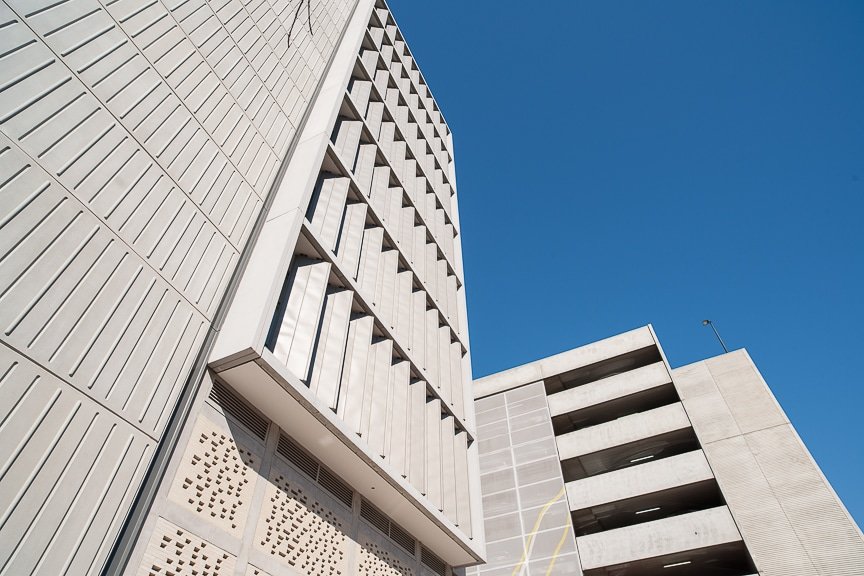

- High temperature resistance
The high temperature resistance of fiberglass materials is very outstanding, especially high-silicon fiberglass, which can maintain stability in high temperature environments. Compared with traditional plastic and metal materials, fiberglass is not easy to deform under high temperature conditions and can maintain performance for a long time. - Lightweight and high strength
Glass fiber has a low density, but its strength is extremely high. Especially when used in combination with other materials (such as resin and concrete), it can significantly improve the bearing capacity and compressive strength of building components and reduce the overall weight of the building. - Corrosion resistance
Glass fiber has excellent corrosion resistance, especially in humid, highly acidic or highly alkaline environments, fiberglass materials can still maintain good performance, far exceeding metal materials. - Sound insulation and heat insulation
Due to its fine fiber structure, fiberglass has excellent sound insulation and heat insulation effects, which can effectively reduce the energy loss of buildings and improve the comfort of living and working environments. - Environmental protection
Glass fiber is a non-toxic, harmless and environmentally friendly material that meets the requirements of modern green buildings. Compared with traditional synthetic materials, the production and recycling of glass fiber is more environmentally friendly, which helps to reduce the burden of construction waste on the environment.
Comparison with traditional building materials
Strength and toughness
- Fiberglass: It has extremely high tensile strength and good elastic modulus, and can withstand large external loads without deformation or cracking. It is particularly outstanding in fatigue resistance and is suitable for structures that require long-term stability.
- Traditional materials (such as reinforced concrete): Although concrete has high compressive strength, its tensile strength is poor, and it is usually necessary to add steel bars to enhance its tensile properties. However, steel bars are easily affected by corrosion, which reduces the durability of the overall structure.
Weight
- Glass fiber: low density, light weight, easy to transport and install. This not only reduces the difficulty of construction, but also reduces the cost of infrastructure construction, especially for high-rise buildings and large-span structures.
- Traditional materials (such as steel and concrete): The density of steel and concrete is large, which increases the self-weight of the building and increases the complexity and cost of the foundation design.
Corrosion resistance
Steel is prone to rust in humid environments, especially in coastal areas or industrial areas, and requires frequent anti-corrosion treatment, which increases maintenance costs.
Processing performance
- Glass fiber: easy to process into various shapes and sizes, strong adaptability, can be customized according to design requirements, and meet the requirements of complex building forms.
- Traditional materials (such as wood and concrete): Wood processing is relatively flexible, but it is easy to get damp and rot; concrete is more difficult to shape, and it is difficult to achieve complex shapes.
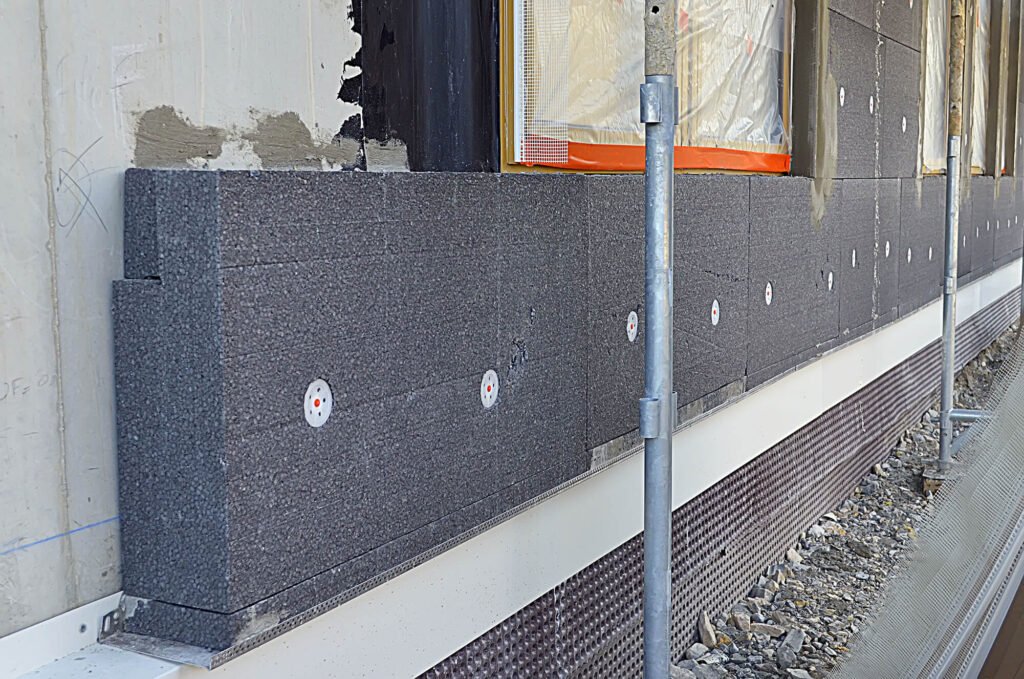
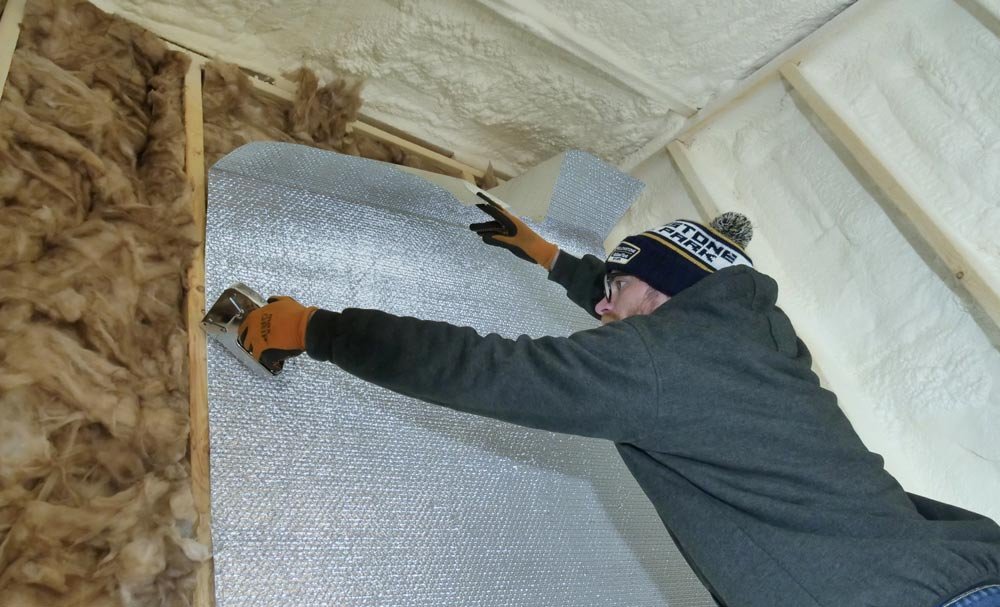
In Conclusion
The application of glass fiber in the field of building materials has achieved remarkable results. Its unique advantages not only improve the quality, safety and durability of construction projects, but also show great potential in environmental protection and economic benefits. Through the analysis of specific cases, we can see that glass fiber has played an important role in various construction projects, from super high-rise buildings to cultural and artistic facilities, all of which reflect its excellent performance and wide adaptability. However, although fiber glass materials have made certain progress, there are still many directions worth exploring.

